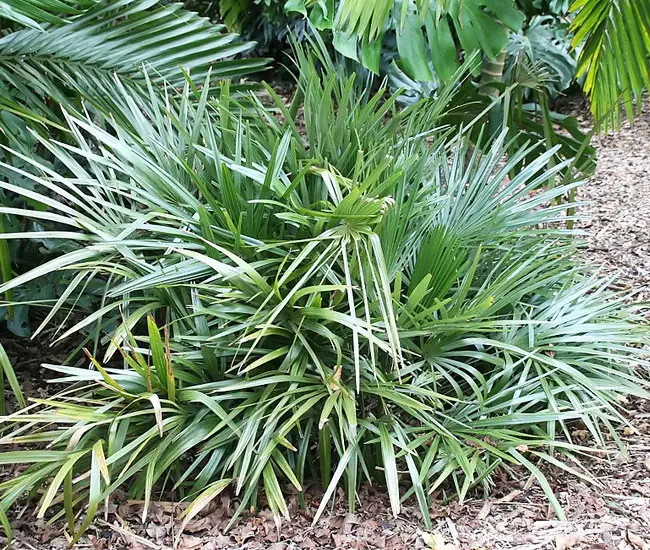
The Needle Palm Tree, scientifically known as Rhapidophyllum hystrix or Rhapidophylum hystrix, stands as one of the hardiest palm tree varieties, capable of enduring frigid temperatures as low as 10°F and even surviving as low as -5°F. This makes it an exceptional choice for landscaping in USDA zones 8a to 11.
Remarkably, the Needle Palm can thrive in a range of states, including Alaska, Alabama, Delaware, Maryland, Massachusetts, Mississippi, New Jersey, New York, Oklahoma, Tennessee, and more. It is noteworthy that this palm is among the few native to the United States.
Originating primarily in the southeastern United States, specifically in regions like Florida, Georgia, and South Carolina, the Needle Palm has adapted over the years to withstand a wide range of climatic conditions, solidifying its reputation as a cold-hardy and resilient palm species.
Quick Facts:
| Scientific name: | Rhapidophyllum hystrix or Rhapidophylum hystrix |
| Common names: | Needle Palm, Porcupine Palm. |
| Origin: | Native to the southeastern United States. |
| Growth Rate: | Slow. Up to 5-10 ft tall and 1-5ft wide. |
| Cold Tolerance: | USDA Zones 8a (10 to 15 F) to 10b (above 35 F). |
| Light Req: | Partial shade to Full sun. |
| Water Req: | Low. |
| Soil Req: | Widely adaptable. |
| Fruit: | Yes. Purple-brown, wooly. |
| Propagation: | By seed, germinating in 6 months. Division. |
Identifying Characteristics of the Needle Palm
Unlike many palms, the Needle Palm does not develop a traditional trunk; instead, it boasts closely packed stems originating from a single base. These stems are slender, with a diameter of about 6 to 7 inches.
Its leaves are palmate, displaying a deep green color, and measure approximately 2 feet in length and 4 feet in width. These leaves are supported by smooth petioles measuring 2 to 3 feet long, covered with fibers and adorned with numerous sharp, needle-like spines that emerge between the leaves. This fiber husk serves as protection against harsh winter conditions.
The spines themselves grow to about 3 to 4 inches in length, are very slender, and come in various shades, ranging from dark brown to black. They serve to safeguard the stem’s growing point from browsing animals.
Each leaf features roughly 10 to 16 leaflets, measuring 18 inches in length and 2 inches in width, characterized by square tips.
Flowers and Fruits of the Needle Palm
In spring or early summer, the Needle Palm produces small yellow to brownish flowers that grow in clusters at the top of the short inflorescence. The Needle Palm is dioecious, male and female flowers are born on separate plants.
Flowers are followed by fleshy drupes. Fruits are oblong, fuzzy, reddish brown, about 1 inch in diameter. They grow close to the petiole surrounded by fiber and sharp needles.
How To Care For Needle Palm
Rhapidophyllum hystrix is a small, shrubby fan palm that can reach heights of 5 to 10 feet and widths of 1 to 5 feet. Its exceptional hardiness allows it to withstand temperatures as low as 10°F, making it well-suited for growth in USDA Zones 8a (10 to 15°F) to 10b (above 35°F).
This palm thrives when provided with partial shade or full sun. While it requires moderate watering, it exhibits remarkable resilience in drought conditions once established.
To prevent nutritional deficiencies, it is advisable to apply high-quality palm fertilizer with a continuous-release formula twice a year during the growing season. Propagation of the Needle Palm is typically achieved through seeds.
Needle Palm Tree Pictures
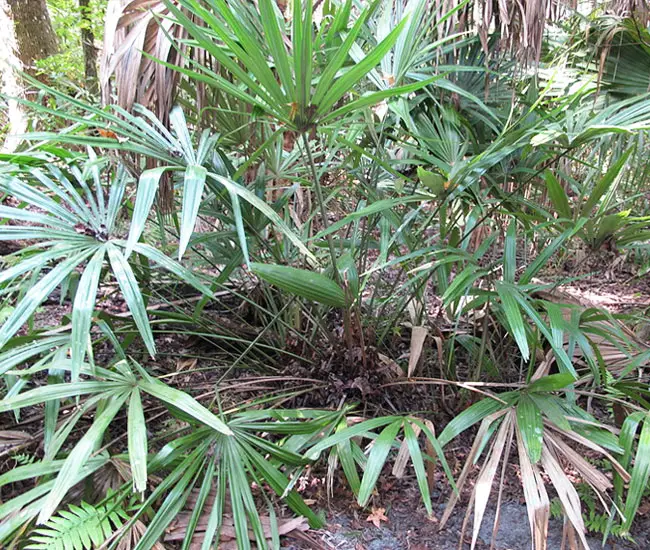
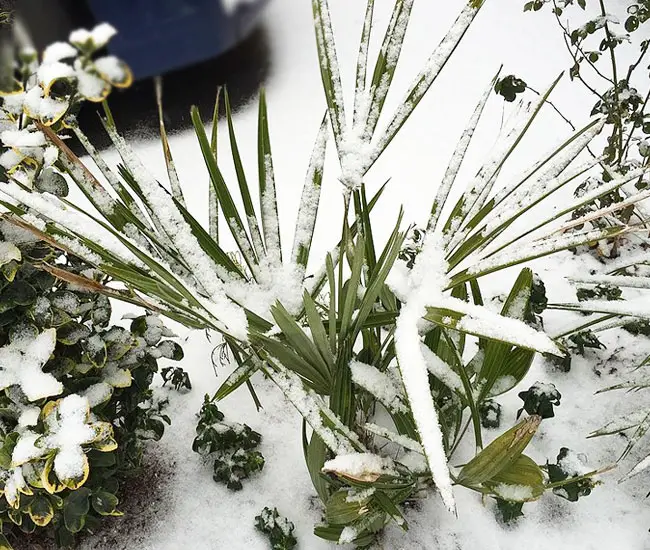
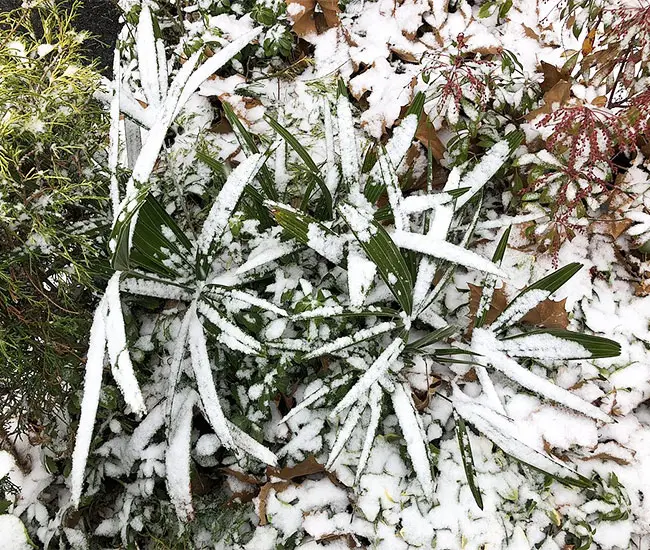
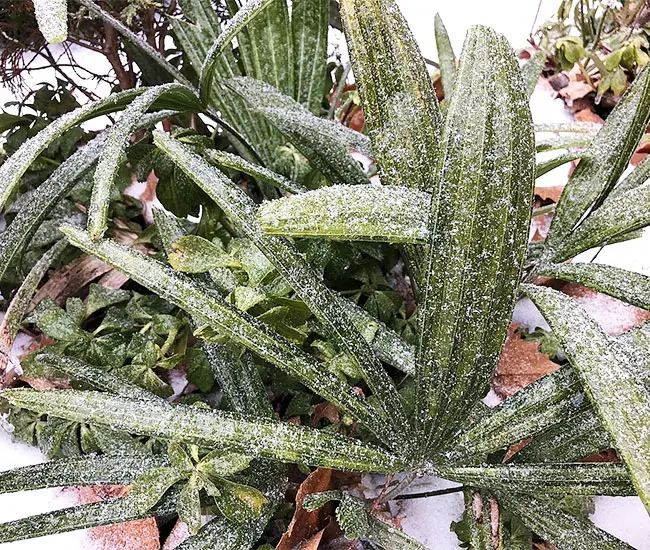
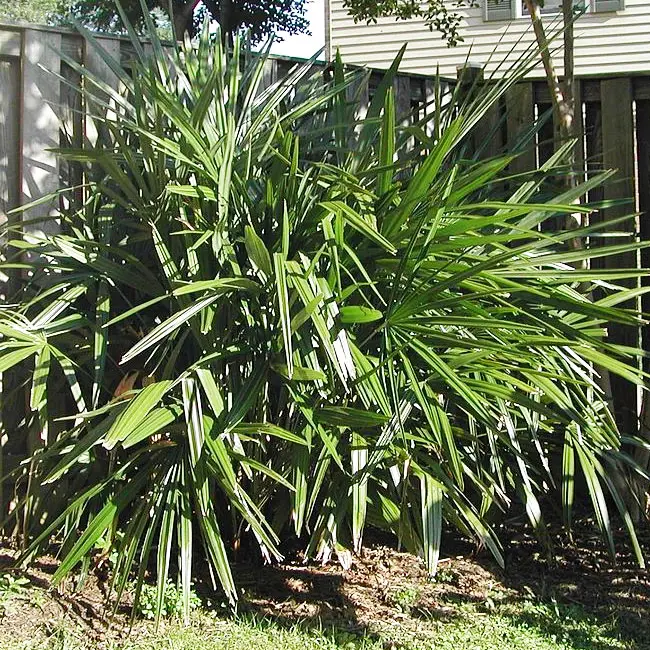
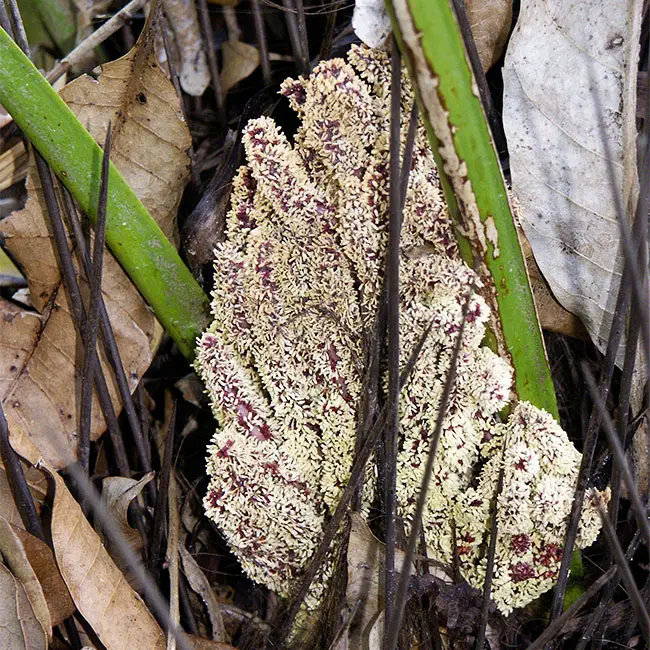
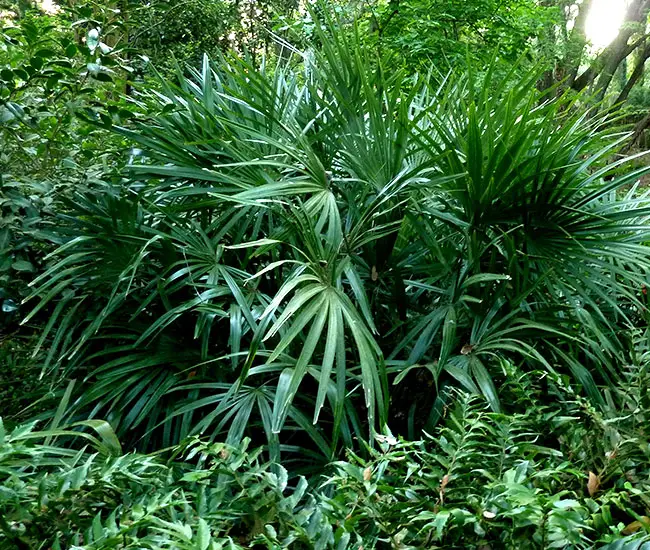
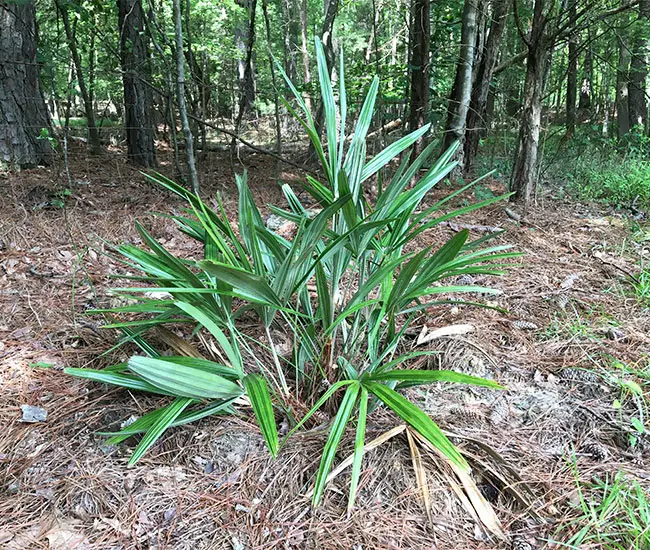
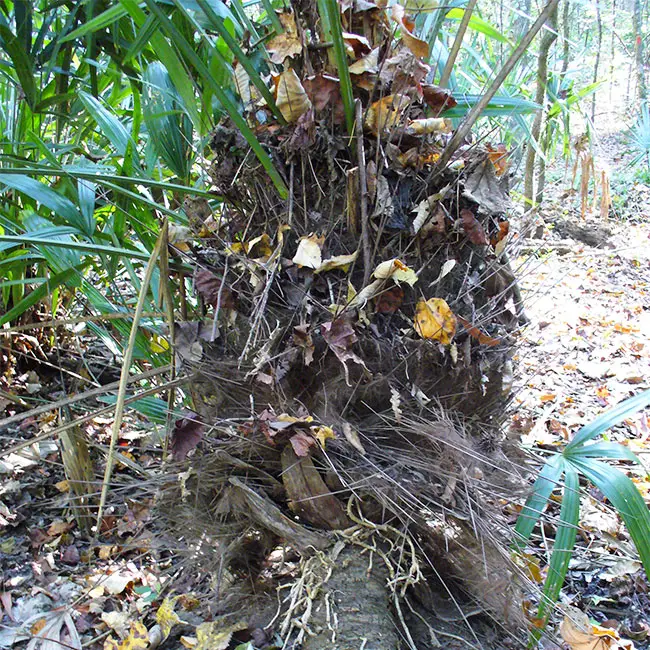
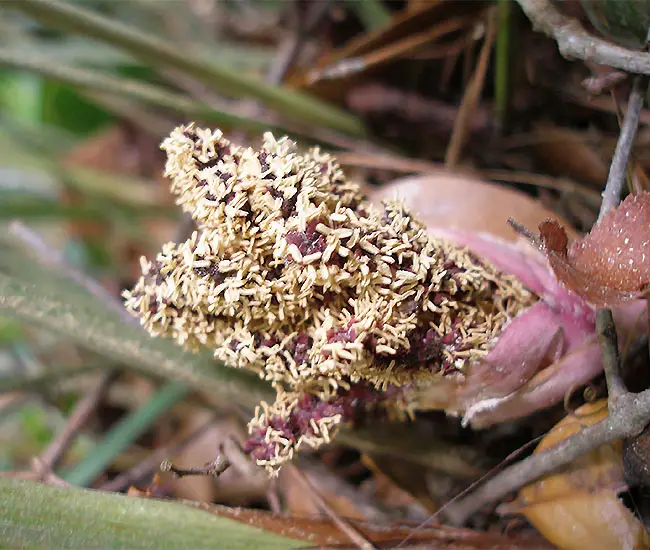
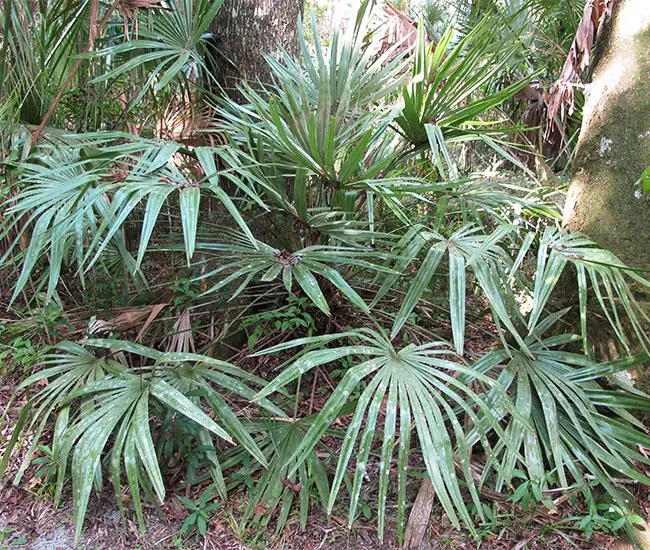
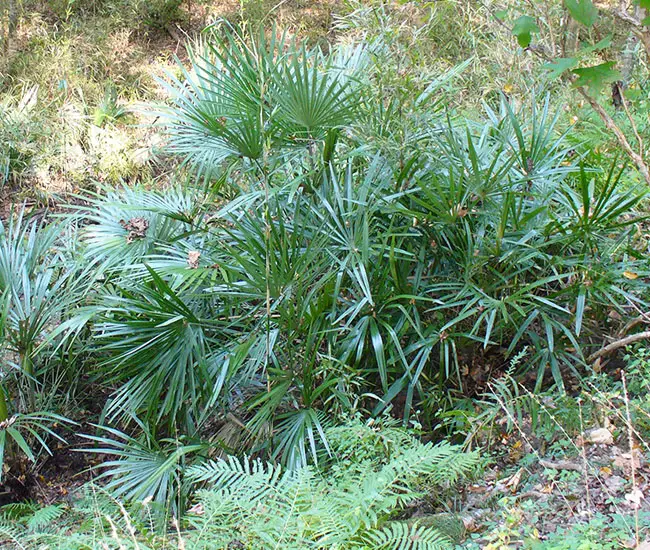
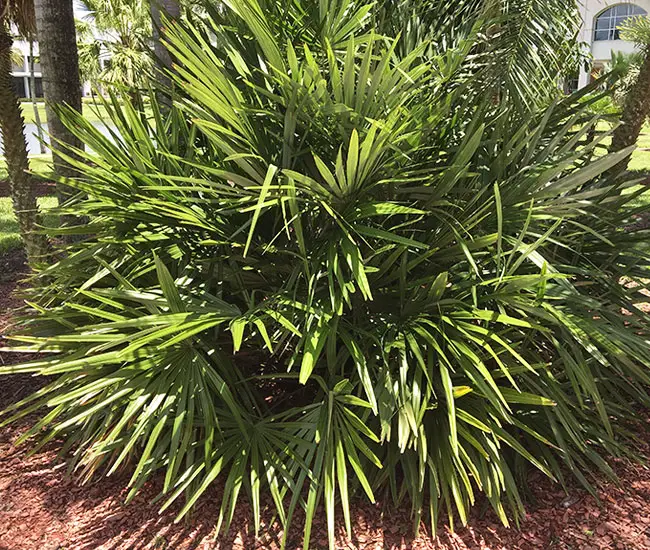
More information can be found on Floridata sites.

I have some pics of a Palm growing in my front yard in San Antonio TX. We think this started from seeds in a box of mixed seeds strewn in the yard a few years ago. I think this is a Needle Palm but am not certain of the specific type of palm it is. Could I poossibly send you some pics for identification purposes? Would appreciate any help you can provide.